Home>Ideas and Tips>DIY Guide To Installing A Kitchen Backsplash With Mirrored Tiles
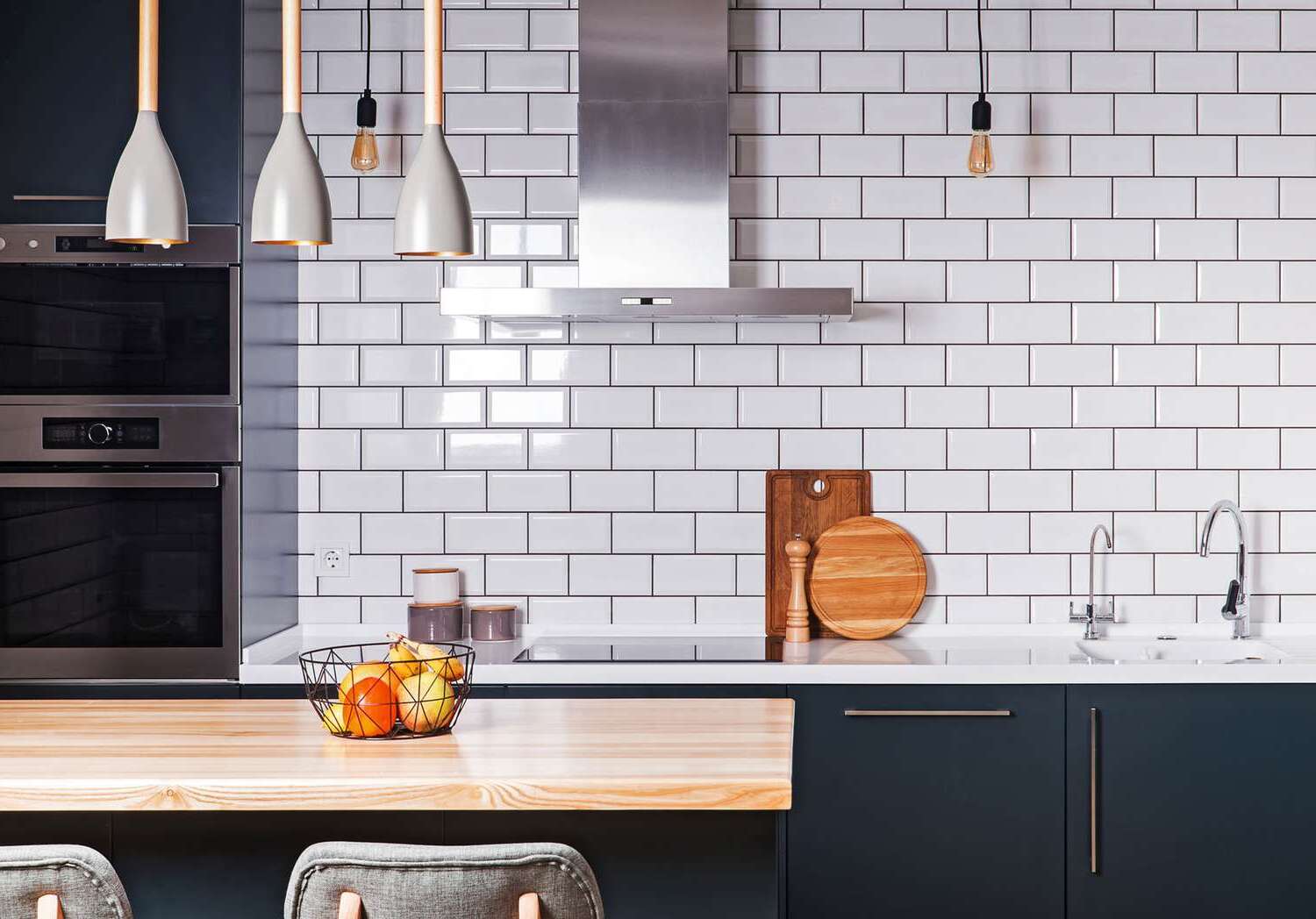

Ideas and Tips
DIY Guide To Installing A Kitchen Backsplash With Mirrored Tiles
Modified: October 20, 2024
Enhance your kitchen with a mirrored tile backsplash. Follow our DIY guide for a professional look without hiring experts.
(Many of the links in this article redirect to a specific reviewed product. Your purchase of these products through affiliate links helps to generate commission for Storables.com, at no extra cost. Learn more)
Installing a kitchen backsplash is a fantastic way to enhance the aesthetic appeal and functionality of your kitchen. A mirrored tile backsplash can add a touch of elegance and sophistication, making your kitchen look larger and brighter. In this comprehensive guide, we will walk you through the steps to install a kitchen backsplash using mirrored tiles, ensuring that you achieve professional-looking results without the need for professional help.
Tools and Materials Needed
Before diving into the installation process, it's essential to gather all the necessary tools and materials. Here’s a list of what you’ll need:
- Mirrored Tiles: Choose the type of mirrored tile that suits your design preferences. Antique mirrored tiles can add an extra layer of elegance, while standard mirrored tiles provide a sleek, modern look.
- Construction Adhesive: This is specifically designed for use with mirrored tiles to ensure proper adhesion without damaging the mirror backing.
- Caulk Gun: For applying caulk around outlets and edges.
- Anvil Tile Cutter: A must-have tool for cutting mirrored or glass tiles. It’s easy to use and provides clean cuts.
- Diamond Blade: For cutting around electrical outlets.
- Glass Cutter: For making precise cuts in glass tiles.
- Plugs: To protect electrical outlets during installation.
- Mirrored Wallplate: To cover electrical outlets and maintain the aesthetic appeal of your backsplash.
- Tile Spacers: To ensure uniform gaps between tiles.
- Bucket and Sponge: For mixing and applying grout.
- Rubber Grout Float: For spreading grout evenly.
- Painter’s Tape: To mark the installation area.
- Tape Measure: For measuring the wall accurately.
- Level: To ensure the tiles are straight and level.
- Utility Knife: For cutting mesh backing (if applicable).
- Drop Cloths or Cardboard: To protect countertops and appliances from debris.
Preparing the Area
Before starting your project, it’s crucial to prepare the area thoroughly. Here’s how you can do it:
-
Clean the Wall:
- Ensure that the wall is free from any dirt, dust, or old adhesive. Scrape off any loose paint or wallpaper using a scraper or sandpaper.
-
Measure the Wall:
- Record the total height and width of the wall in question. This will help you determine how many tiles you need to cover the area.
-
Mark the Installation Area:
- Use tape to mark the installation area. This will help guide you during the installation process and ensure that your tiles are aligned properly.
-
Protect Appliances and Countertops:
- Cover any areas that could get dirty with drop cloths or cardboard sheets. This will prevent debris from spreading to other parts of your kitchen.
Step-by-Step Installation Guide
Step 1: Apply Mortar/Adhesive
-
Choose the Right Adhesive:
- For mirrored tiles, use construction adhesive specifically designed for mirror use. This type of adhesive ensures that the chemicals won’t strip the mirror backing.
-
Apply Adhesive:
- Apply a good amount of adhesive to the back of each tile but avoid too much so it doesn’t squish out the sides.
-
Hold Tiles in Place:
- Hold each tile in place for about 20 seconds before moving on to the next one.
Step 2: Lay Tiles
-
Start from Center Outward:
- Since you won’t really see the top of the backsplash, start laying the bottom row first. This ensures that excess tile at the top will be cut and hidden.
-
Use Tile Spacers:
- Use tile spacers to ensure uniform gaps between tiles and maintain a professional look.
-
Work in Columns:
- Continue adding additional mirror tiles to the wall, working in vertical columns and starting from that straight line established earlier.
-
Cut Tiles as Needed:
- Use an anvil tile cutter or diamond blade for cutting around electrical outlets or any other obstructions.
-
Lay Tiles in Desired Pattern:
- You can experiment with different patterns like brick or herringbone to add visual interest to your backsplash.
Step 3: Apply Grout
-
Mix Grout:
- Follow the mixing instructions found on the container of premixed grout until it reaches the consistency of peanut butter.
-
Apply Grout:
- Use a rubber grout float to apply grout at a 45-degree angle between each tile, ensuring that all joints are full.
-
Remove Excess Grout:
- Use clean water and a damp sponge to wipe away excess grout from the surface of the tiles until they are free from haze.
-
Allow Grout to Set:
- Allow the grout to set for 7-10 minutes before cleaning it off completely.
Step 4: Clean Up
-
Remove Excess Adhesive:
- If there’s any excess adhesive left on the tiles or walls, clean it off immediately using soap and water.
-
Seal Grout (Optional):
- If desired, apply a grout sealer after cleaning up excess grout to protect it from stains and make future cleaning easier.
Tips and Tricks
Working Around Outlets
-
Use Diamond Blade:
- For cutting around electrical outlets, use a diamond blade attached to a saw or tile cutter.
-
Protect Outlets:
- Cover electrical outlets with plugs before starting your project to prevent damage from debris or tools.
Ensuring Proper Adhesion
-
Avoid Over-Application:
- Avoid applying too much adhesive as it can squish out the sides of the tiles and create uneven surfaces.
-
Hold Tiles Firmly:
- Hold each tile firmly in place for about 20 seconds after applying adhesive to ensure proper adhesion.
Maintaining Aesthetic Appeal
-
Use Mirror Wallplate:
- Use mirrored wallplates to cover electrical outlets and maintain the aesthetic appeal of your backsplash.
-
Experiment with Patterns:
- Experiment with different patterns like brick or herringbone to add visual interest to your backsplash.
Conclusion
Installing a kitchen backsplash with mirrored tiles is a rewarding DIY project that can significantly enhance the look and feel of your kitchen. By following these steps and tips, you can achieve professional-looking results without breaking the bank or hiring professionals. Remember to take your time, measure accurately, and protect your appliances and countertops from debris during the process. With patience and attention to detail, you’ll have a stunning mirrored tile backsplash that adds elegance and sophistication to your kitchen space.
Additional Resources
For more detailed instructions or additional tips on installing mosaic backsplashes or working with glass tiles, refer to the following resources:
- DIY Kitchen Backsplash Using Real Glass Mosaic Tiles by Mineral Tiles: This guide provides a straightforward step-by-step process for installing a brand-new kitchen backsplash using real glass mosaic tiles.
- Mirror Tiles Installation and Creative Ideas by DoItYourself.com: This article offers helpful instructions for installation along with decoration ideas for using mirror tiles in various spaces.
- How to Install Kitchen Backsplash by Phx Home Remodeling: This comprehensive guide breaks down everything you need to know about installing a kitchen backsplash, including choosing the right materials and tools.
By combining these resources with the steps outlined above, you'll be well-equipped to tackle any challenges that come up during your DIY project. Happy tiling
Was this page helpful?
At Storables.com, we guarantee accurate and reliable information. Our content, validated by Expert Board Contributors, is crafted following stringent Editorial Policies. We're committed to providing you with well-researched, expert-backed insights for all your informational needs.
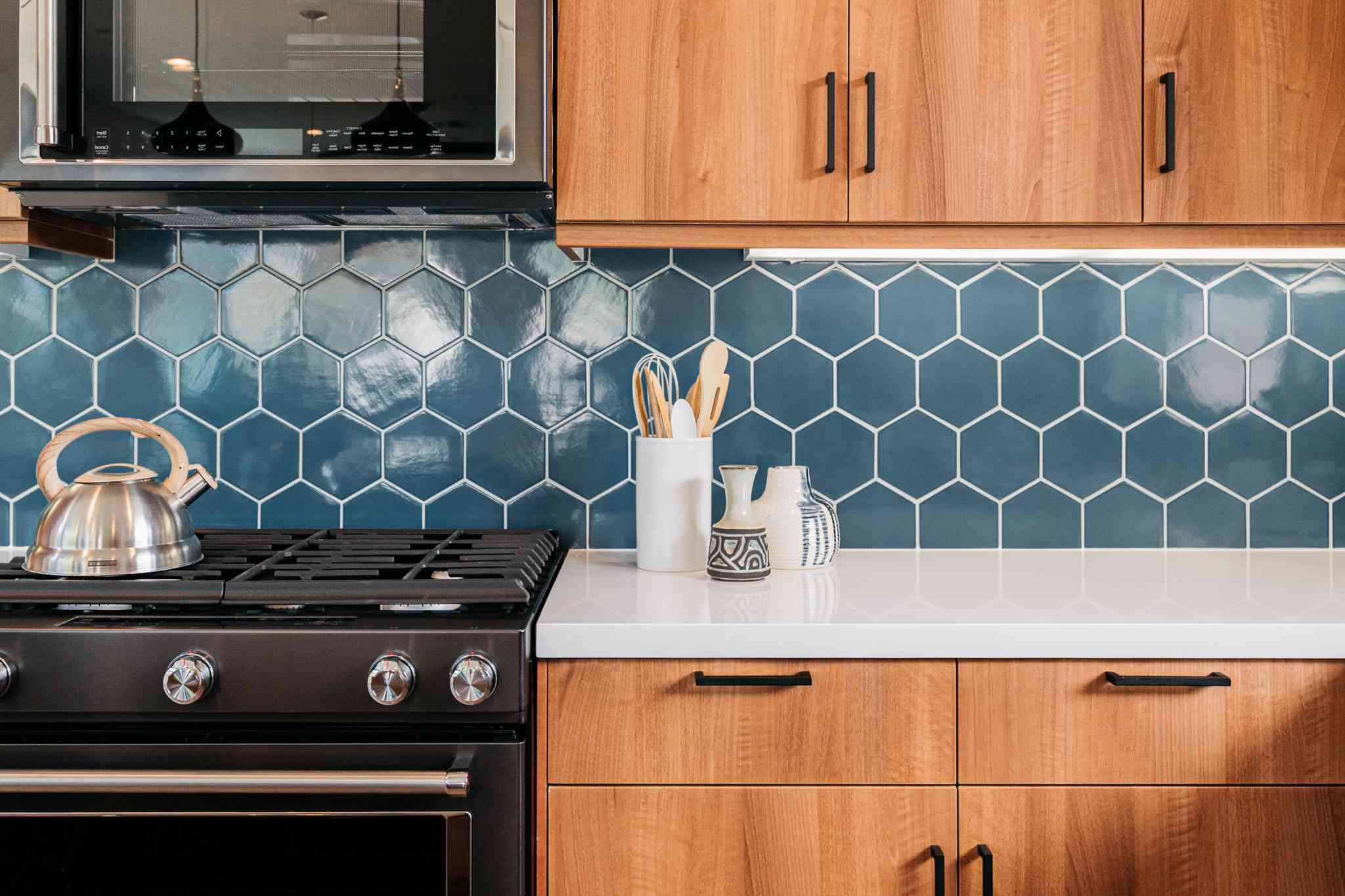
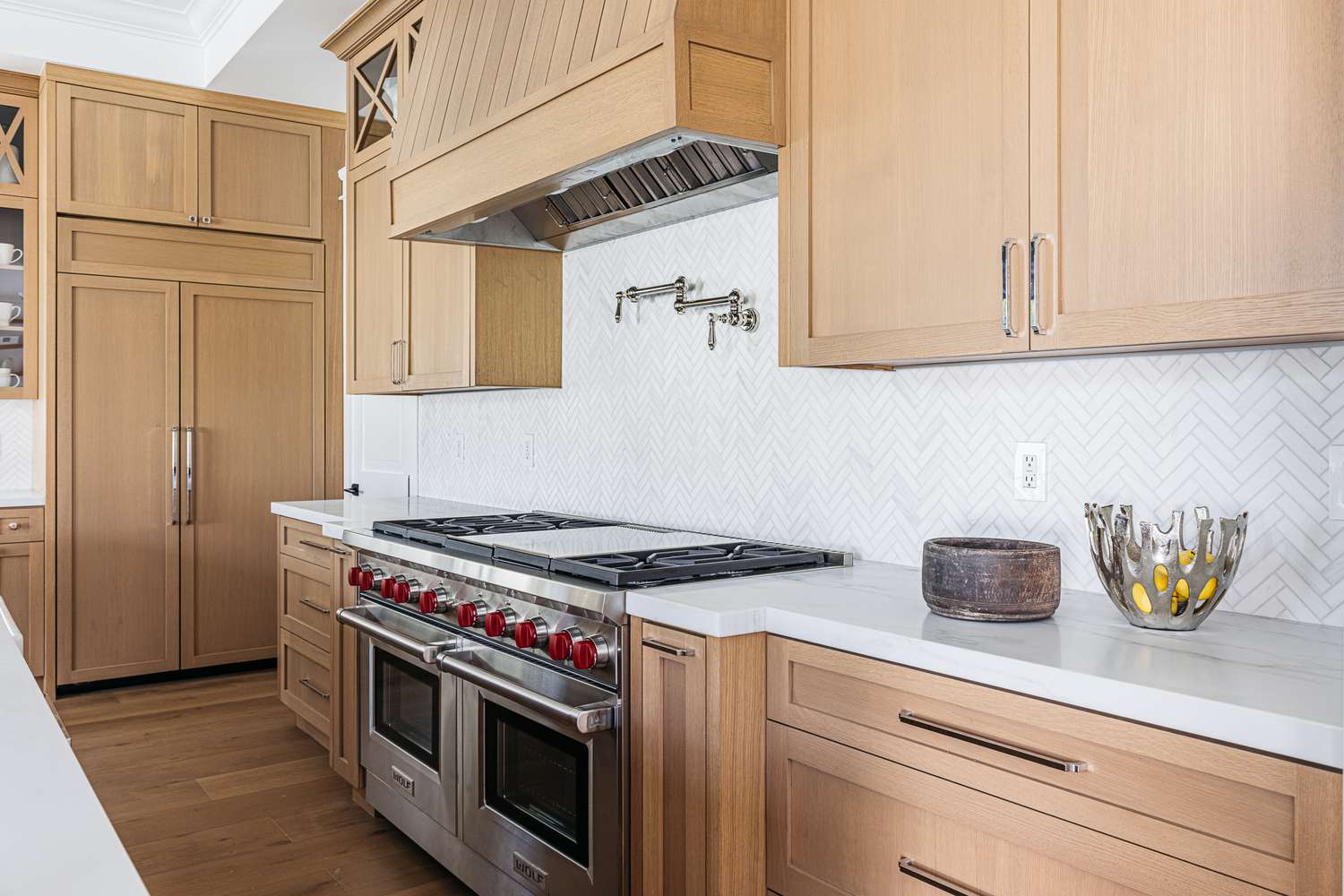
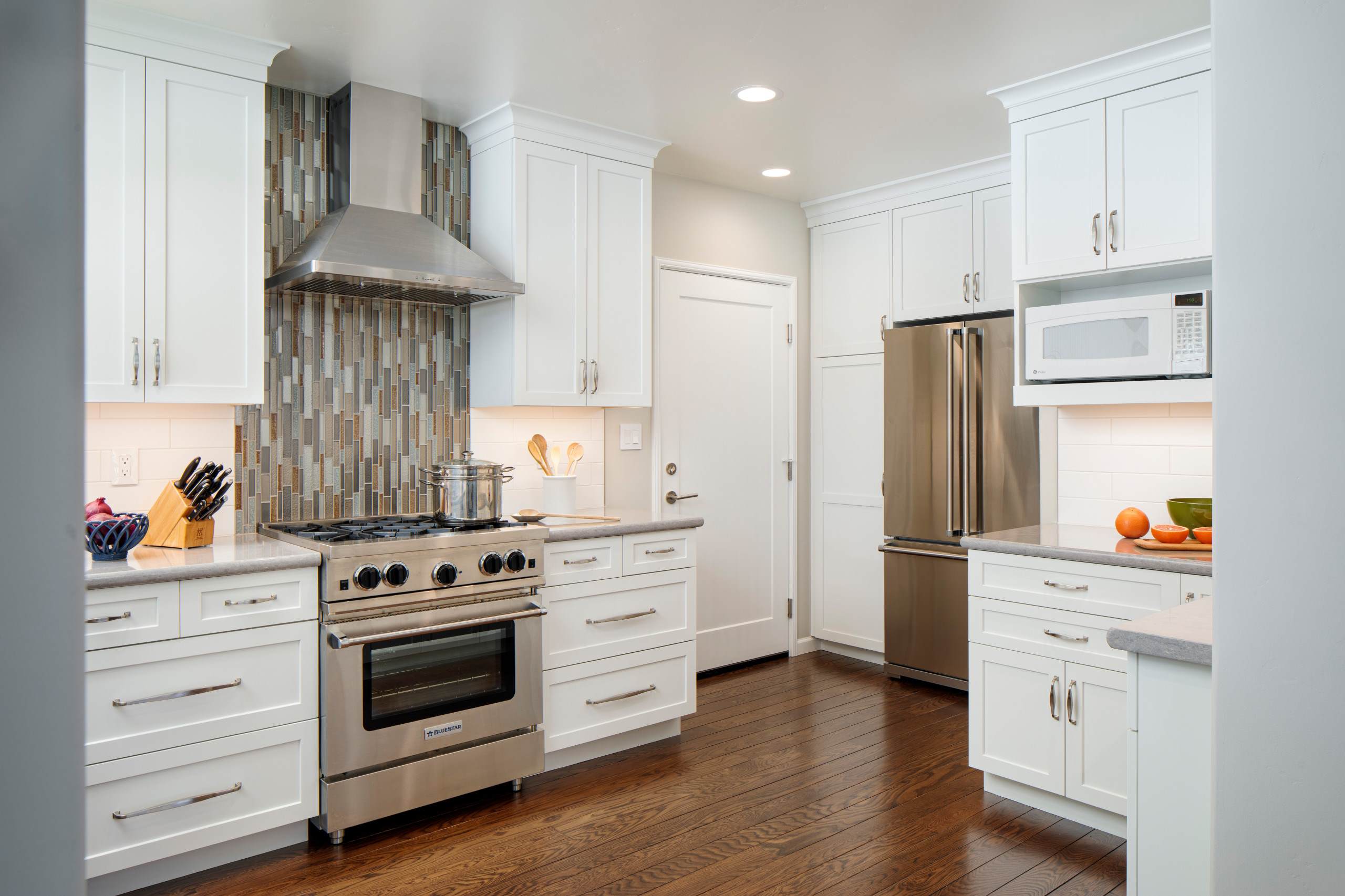
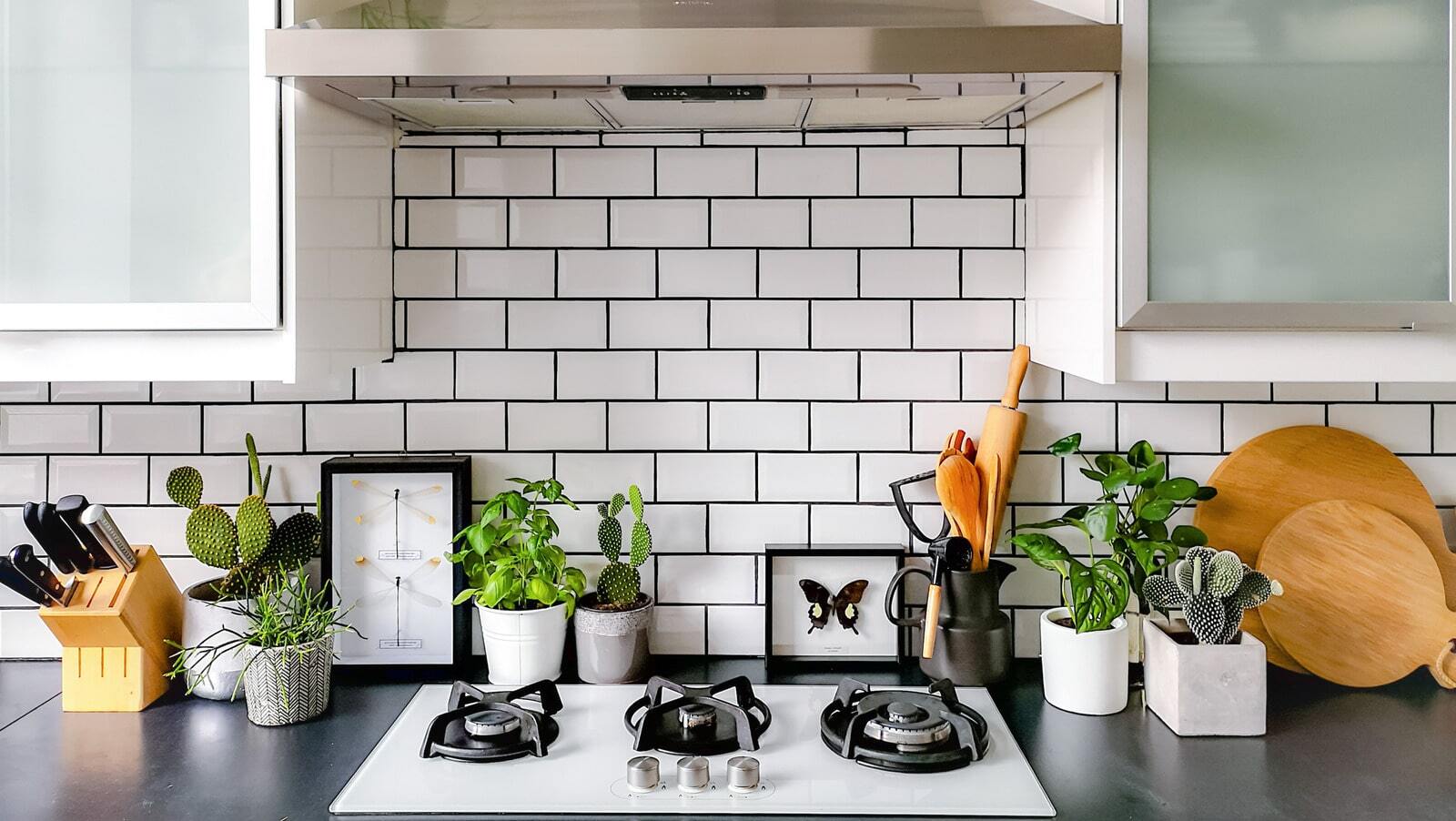
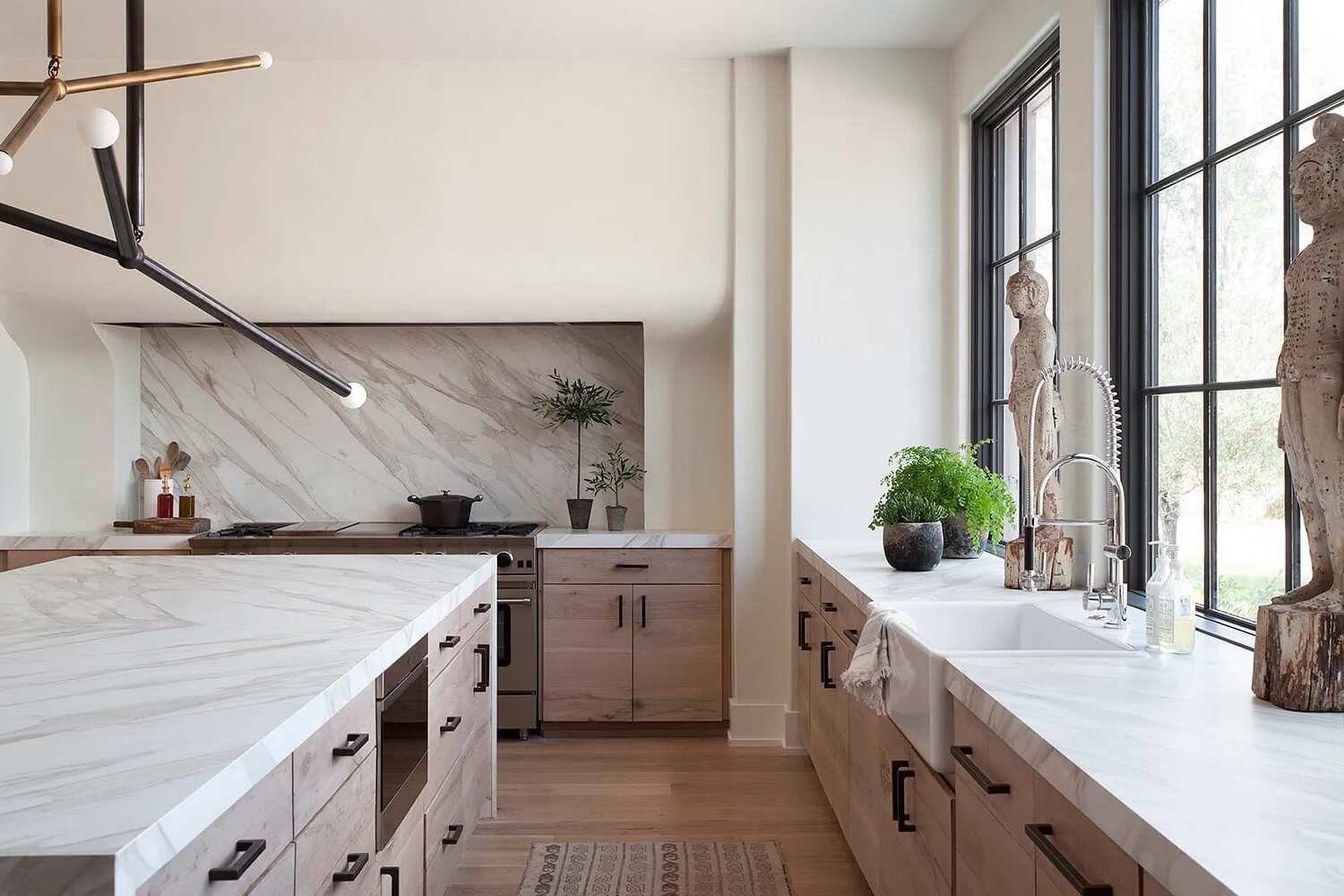
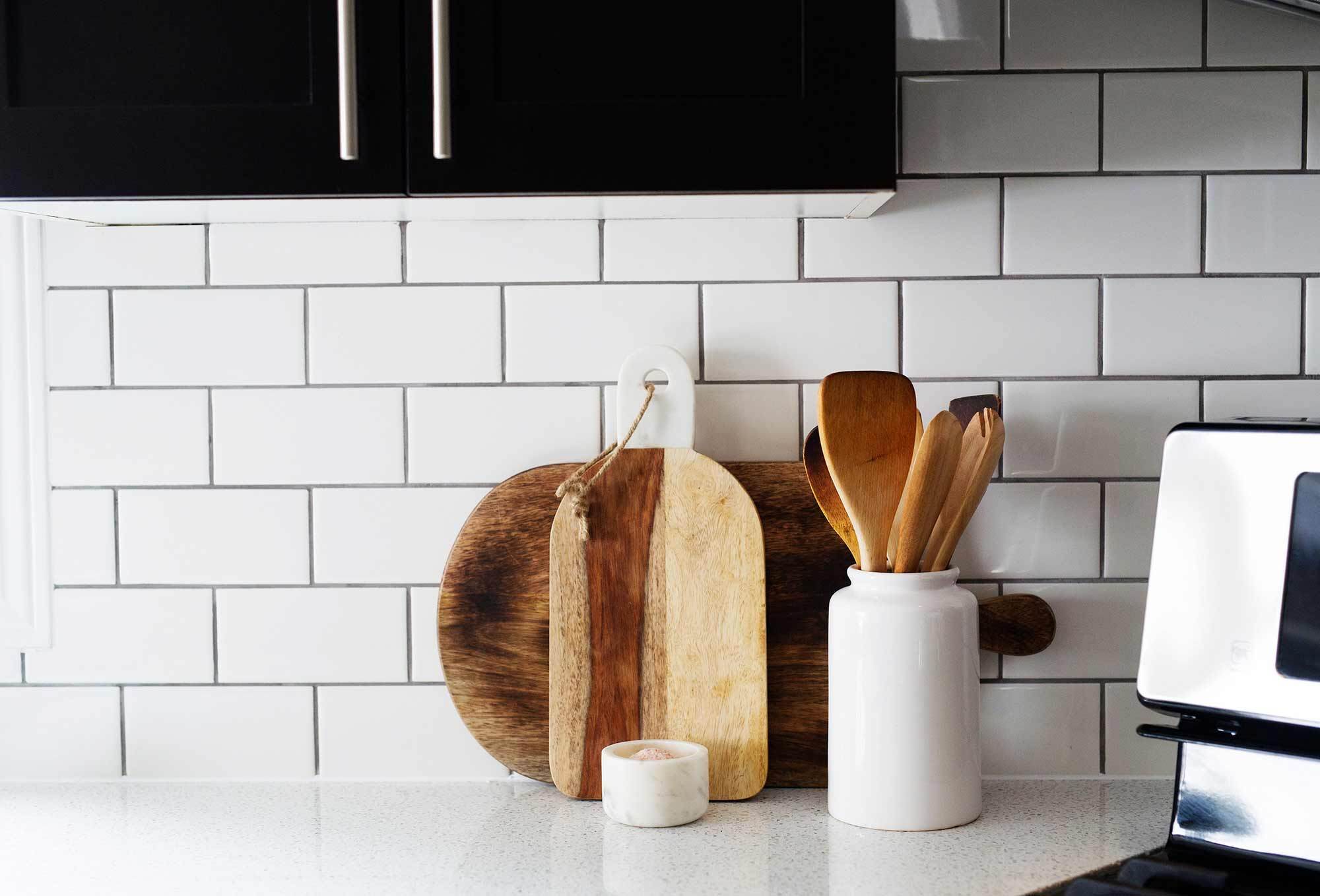
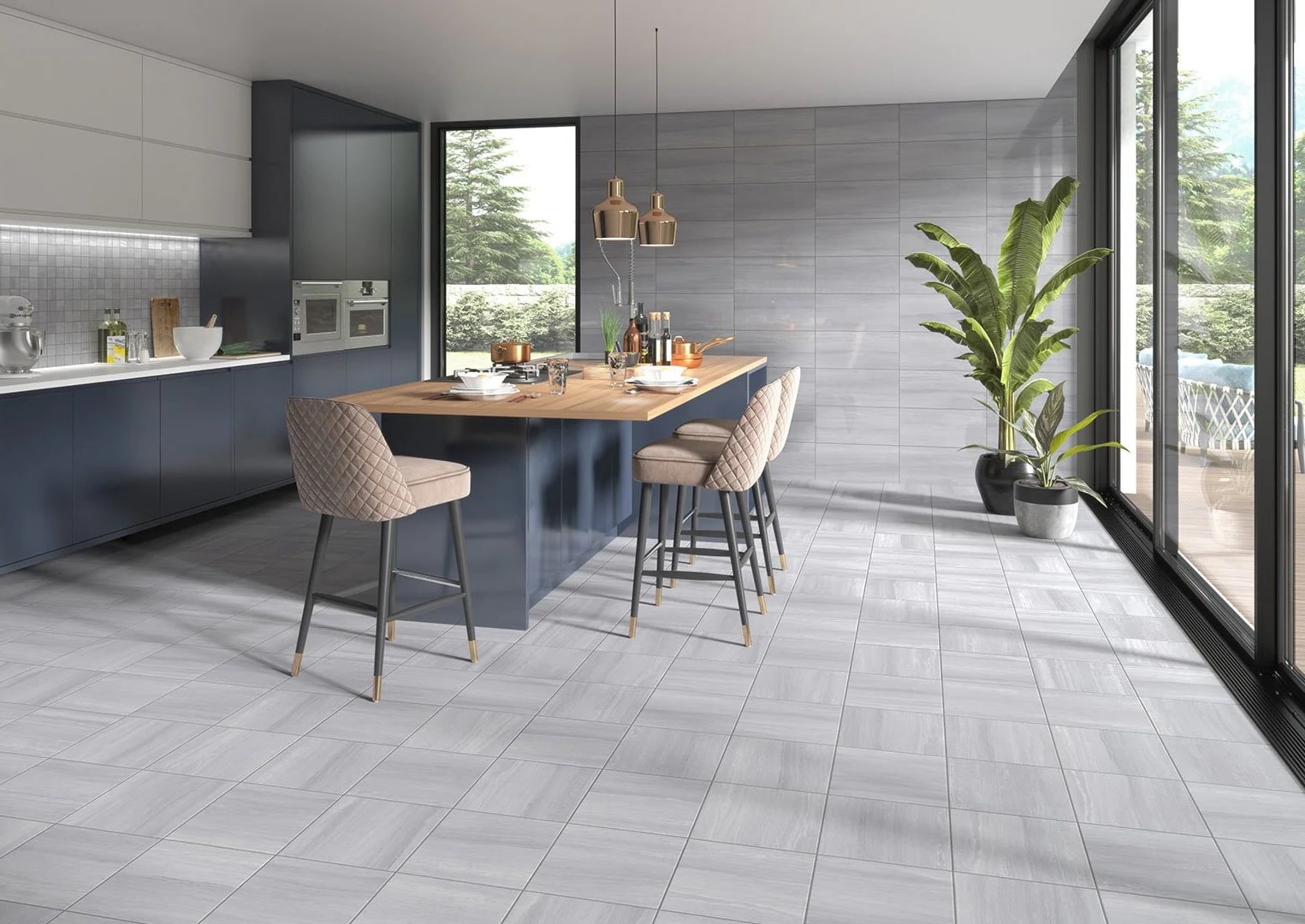
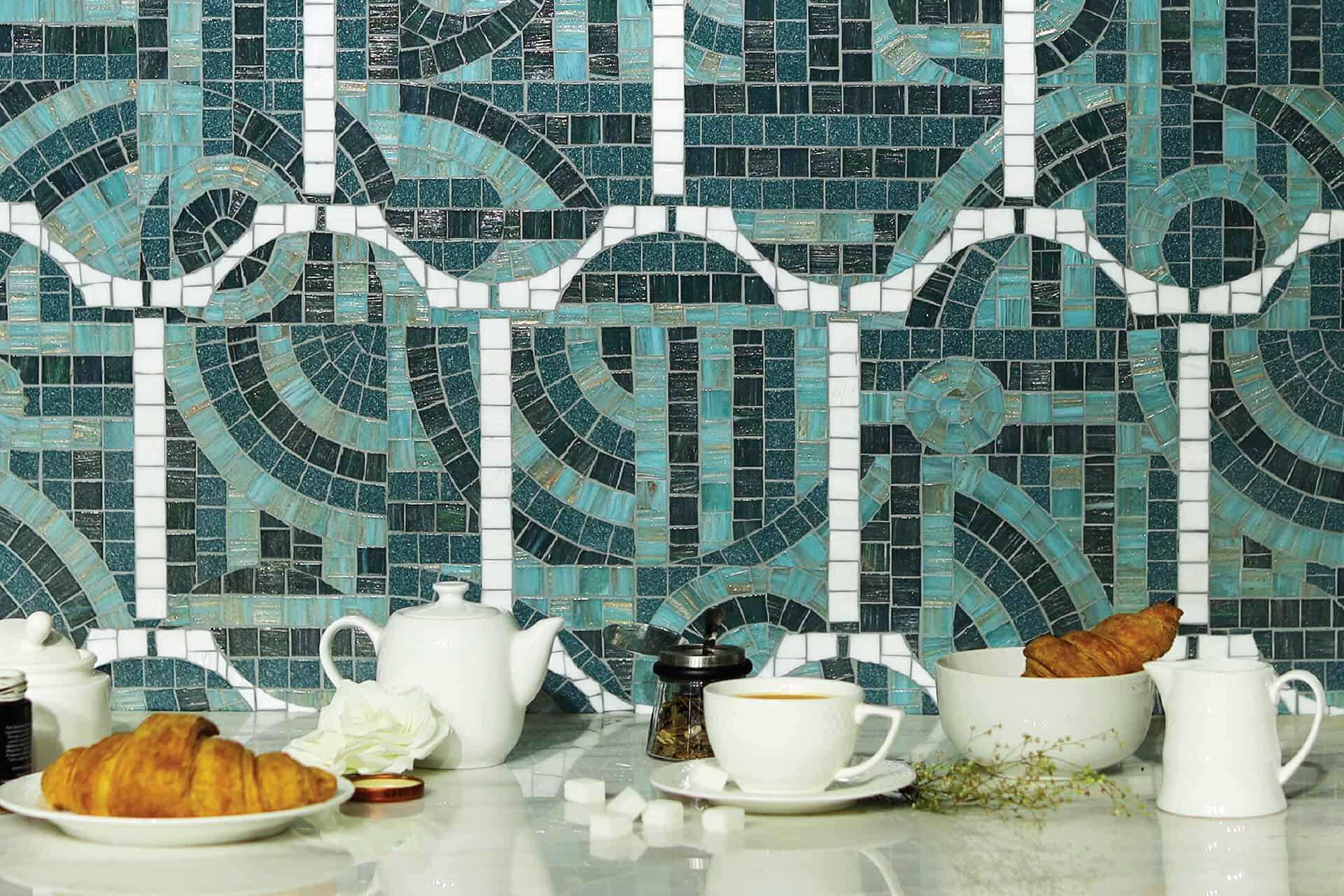
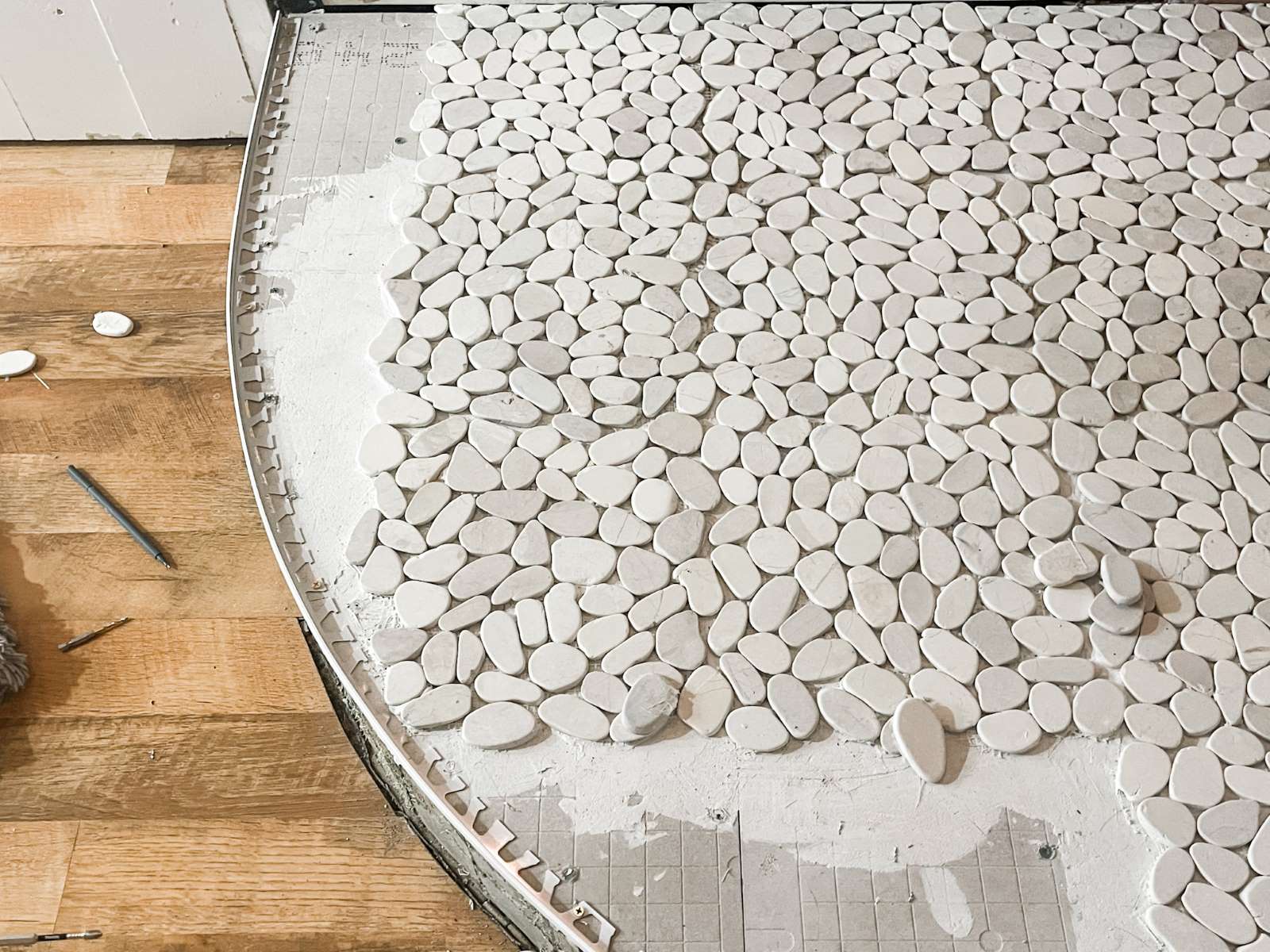
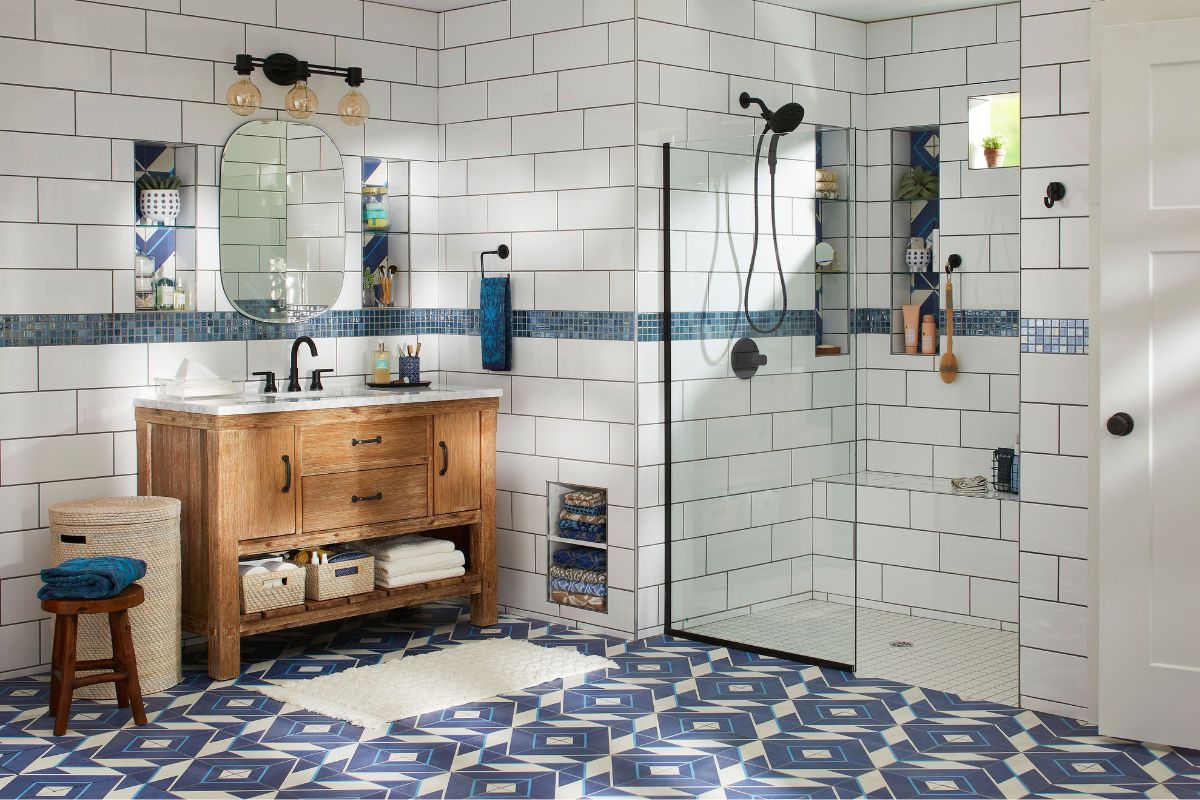
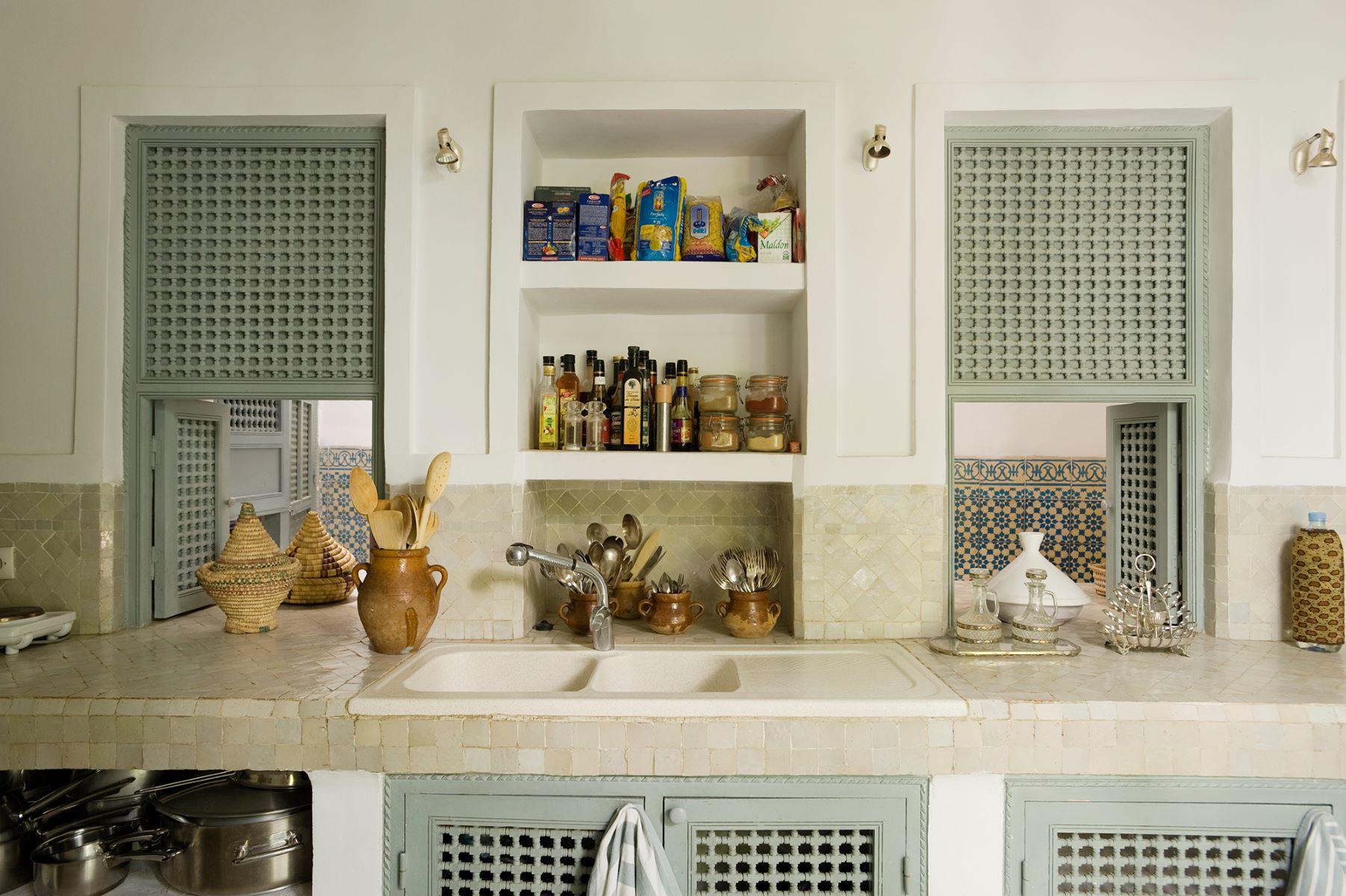
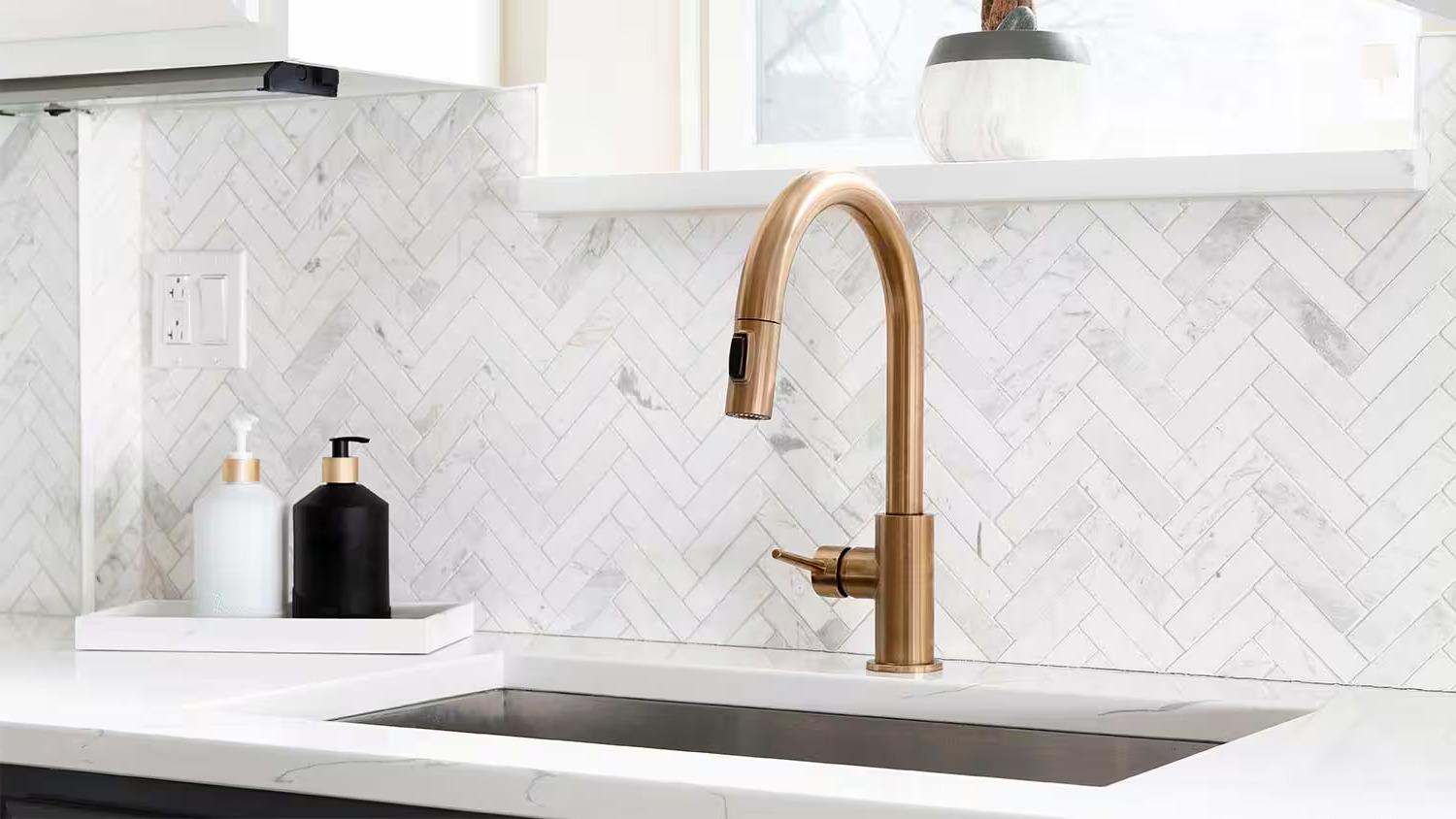
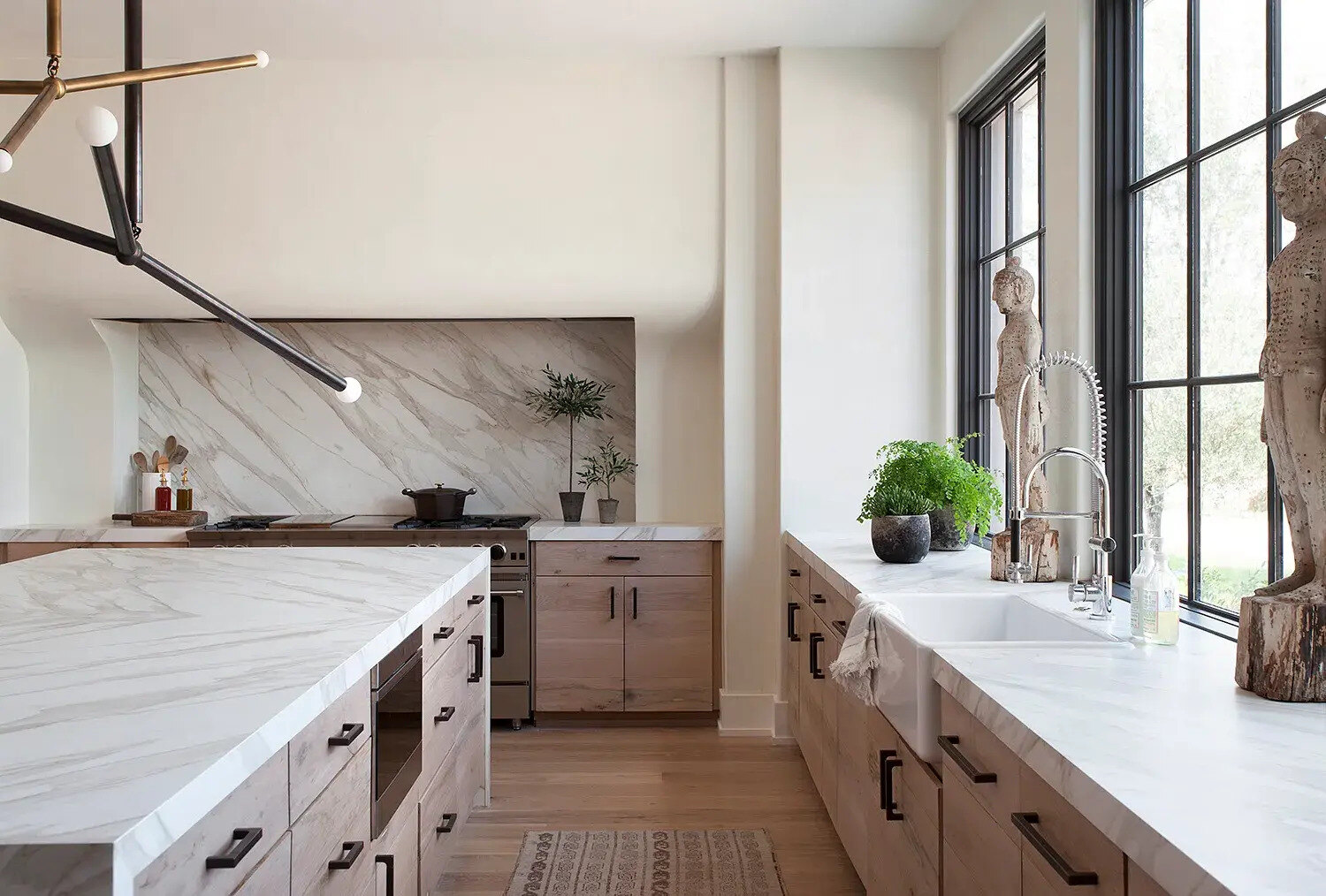

0 thoughts on “DIY Guide To Installing A Kitchen Backsplash With Mirrored Tiles”